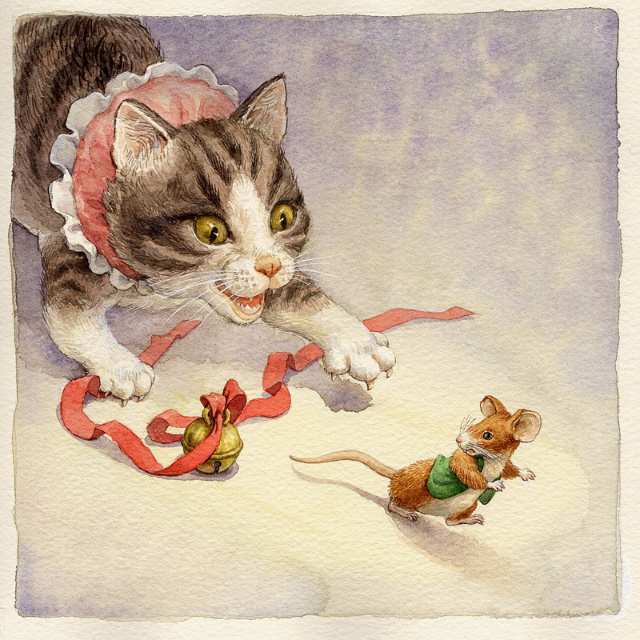Mencius, a leading Chinese Confucian philosopher, proposed a thesis that diametrically opposes Xunzi’s theory of fundamental malevolence. He claimed that human beings are fundamentally good. According to Mencius, people are inherently altruistic and courteous, wanting to help a fellow man. He stated that people are born with all the qualities needed to build virtue: compassion, humility, modesty and ethics. Through mental training and discipline, these traits respectively develop into: humanity (yin, 인, 仁), righteousness (eui, 의, 義), courtesy (ye, 예, 禮) and wisdom (ji, 지, 智). Mencius believed that as every man and woman are born with all the qualities needed to become a saint (seung yin, 성인, 聖人), anyone could become a “good person” through disciplining one’s mind. According to this theory, evil is only a product of bad environments and people inherently act benevolently when matured in a good environment with adequate teaching in etiquettes and social order. Thus, the act of harming others and murdering are because the person’s fundamental nature was corrupted by a harsh life and environment and because they lack virtue and discipline. A person who strives to perfect their morality is a gentleman (gun ja, 군자, 君子), a person who does not is a petty person (so yin, 소인, 小人). In Confucianism, gentlemen are highly respected while petty people are shunned.
Are human beings good-natured? The theory of fundamental malevolence states that human beings, like all other animals, are selfish beings who only care about their own needs and will willingly harm others to fulfil their greed. Contrary to this, the theory of fundamental benevolence (성선설, sung sun sul) teaches that people are altruistic animals who will support and help each other. We proved the validity of fundamental malevolence from an evolutionary perspective with the example of a hungry lion. An animal case scenario that supports the theory of fundamental benevolence is the ant.
By observing an ant colony, we can learn that altruism can assist in survival. An ant by itself is quite powerless, but when millions of ants come together to form a colony, they can build great cities to protect themselves, they can farm to feed everyone and they can easily overcome any foe of all sizes. Ants do not become jealous of another ant who has more food. Instead, when they are full, they will store excess food in a social stomach so that they can share it with another hungry ant they come across. Through cooperation, understanding and connection – that is, the philosophy of 1 + 1 = 3 – ants are able to compete and survive in nature. In fact, ants thrive anywhere in the world and can easily adapt to almost any environmental change. When comparing the two ultimate species that dominated nature, human beings and ants, the commonality is that both build societies. To build a society, individuals must get along with each another, and the key to building relationships is goodwill.
Thus, we have proven that fundamental benevolence can also be supported by evidence from nature. If so, are human beings fundamentally good or evil? The more you study people, the less credibility there is for fundamental benevolence. Of course there are plenty of stories of altruistic people, but “generally” people are still selfish animals who prioritise their own gain. No matter how much you say “I care for other people and wish everyone in the world happiness”, the reality is that you will only really care and love for people within your monkeysphere, while not caring nearly as much for the starving child on the other side of the world.
This is not to say that “good” does not exist on this world. It is just that the fundamental nature of human beings is likely to be evil, as Xunzi posited. However, as we grow, we learn social order, etiquettes and morality and we try to suppress our basal instincts as much as possible. Although our efforts are usually successful, we still slip up every now and then. On the contrary, some people do not even make the effort to hide their true nature and we label these people as “evil”.
Whether we are fundamentally good or evil, the truth is that we have both the potential and ability to develop our own character and sense of morality. Whether you will be an ant, who builds great cities and strive for a society where everyone helps each other stay well-fed, or a lion, who stalks prey all alone to feed itself day-to-day; that is your choice.










